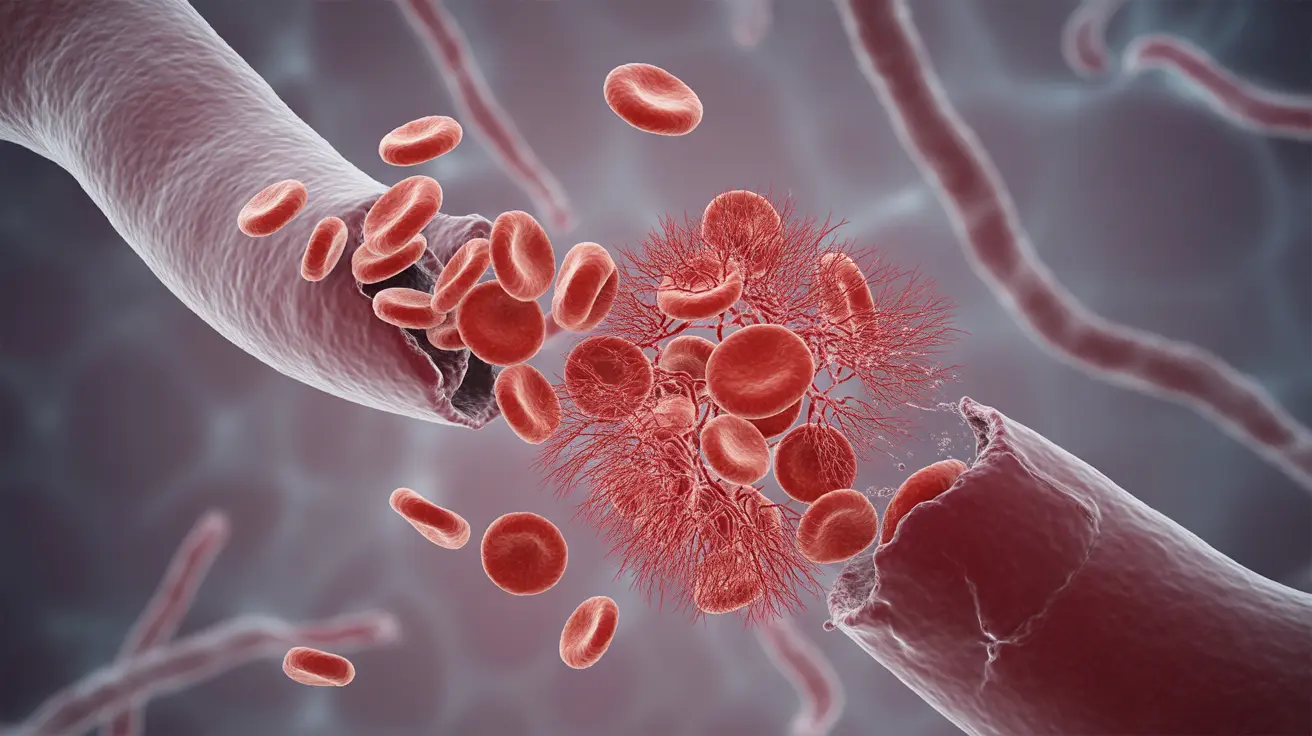Platelets, also known as thrombocytes, are vital components of our blood that play a crucial role in maintaining our health and preventing excessive bleeding. These tiny cell fragments are essential for blood clotting and wound healing, making them indispensable for our survival. Understanding how platelets function and their importance in our body can help us better appreciate our complex circulatory system.
What Are Platelets and Their Function
Platelets are specialized blood cells that circulate through our bloodstream, constantly monitoring for any damage to blood vessel walls. These microscopic disc-shaped cells are fragments of larger cells called megakaryocytes, which are produced in our bone marrow. When functioning properly, platelets help maintain the integrity of our blood vessels and prevent blood loss through their remarkable ability to form clots.
The Life Cycle of Platelets
The production of platelets begins in the bone marrow, where megakaryocytes fragment into thousands of individual platelets. These newly formed platelets then enter the bloodstream, where they typically survive for about 8-10 days before being naturally removed by the spleen.
During their lifetime, platelets remain in a resting state until they encounter damaged blood vessels or receive chemical signals indicating injury. This efficient system ensures that our blood maintains the right balance of clotting factors at all times.
The Clotting Process
Initial Response to Injury
When a blood vessel is damaged, platelets immediately spring into action. They undergo a remarkable transformation, changing from their usual disc shape into a more spherical form with extended projections. This shape change allows them to better adhere to the injured site and to each other.
Formation of the Platelet Plug
As platelets gather at the injury site, they release chemical signals that attract more platelets, creating a platelet plug. This plug serves as the initial barrier to prevent blood loss. The process continues with the activation of clotting factors that strengthen the plug into a more stable blood clot.
Normal Platelet Counts and Health Implications
A healthy platelet count typically ranges from 150,000 to 450,000 platelets per microliter of blood. This range allows for optimal blood clotting while preventing unnecessary clot formation. Both too few platelets (thrombocytopenia) and too many platelets (thrombocytosis) can lead to serious health complications.
Low Platelet Count
When platelet counts fall below normal levels, individuals may experience:
- Easy bruising
- Prolonged bleeding from cuts
- Spontaneous bleeding from gums or nose
- Internal bleeding in severe cases
High Platelet Count
Elevated platelet levels can result in:
- Increased risk of blood clots
- Stroke risk
- Heart attack risk
- Blood flow problems
Frequently Asked Questions
What are platelets also known as, and what is their main function in the blood? Platelets are also known as thrombocytes. Their main function is to prevent bleeding by forming blood clots at sites of vessel injury and maintaining blood vessel integrity.
How do platelets form blood clots to stop bleeding and promote wound healing? Platelets form clots through a process where they first detect vessel damage, change shape, and stick to the injured site. They then release chemicals that attract more platelets and activate clotting factors, forming a stable clot that promotes healing.
What is a normal platelet count, and what health issues can arise from having too few or too many platelets? A normal platelet count ranges from 150,000 to 450,000 per microliter. Too few platelets can lead to excessive bleeding and bruising, while too many can cause dangerous blood clots, potentially leading to stroke or heart attack.
How are platelets produced in the body, and how long do they typically live? Platelets are produced in the bone marrow from large cells called megakaryocytes. They typically live for 8-10 days before being removed by the spleen.
What causes platelets to change shape during clot formation, and why is this important? Platelets change shape in response to vessel damage, transforming from disc-shaped cells to spherical forms with extended projections. This shape change is crucial as it allows platelets to better adhere to injury sites and to each other, forming an effective clot.




